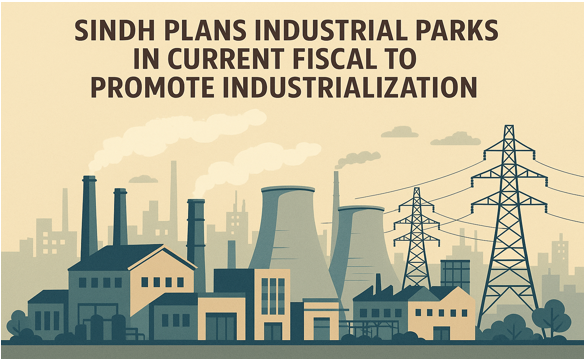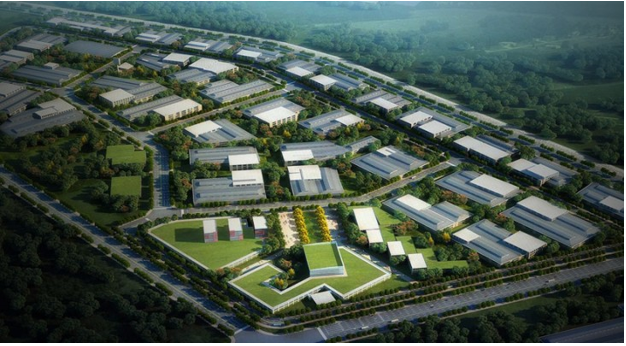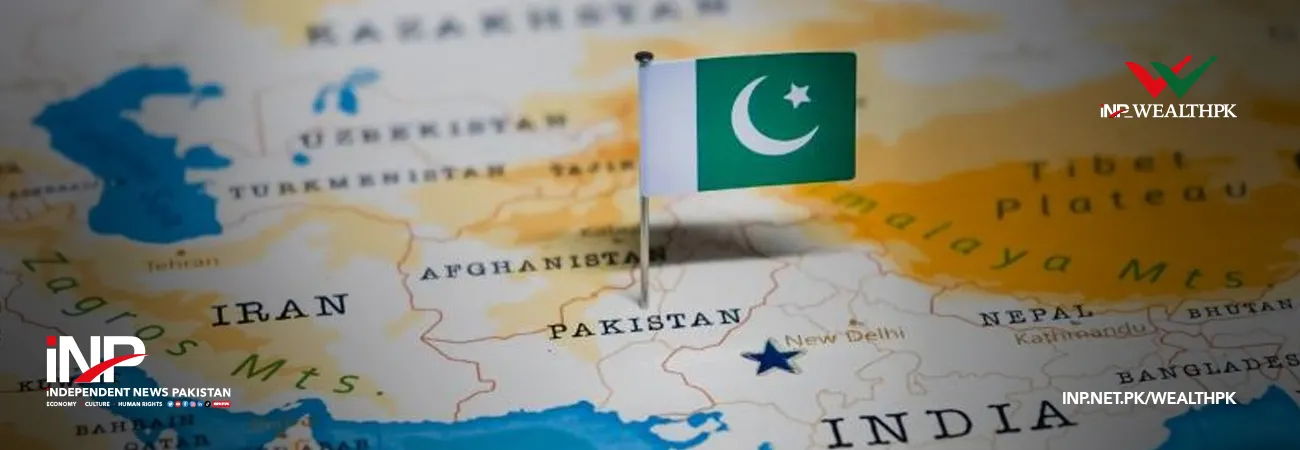آئی این پی ویلتھ پی کے
Ahmed Khan Malik
In a major move to boost economic development and job creation, the Sindh government has announced an ambitious plan in the budget for fiscal year 2025-26 to establish a series of industrial parks across the province.

The initiative is aimed at promoting industrialisation, attracting investment, and supporting local manufacturing to strengthen the provincial and national economy.
If implemented effectively, the industrial parks could mark a new chapter in Sindh’s economic story — one of inclusive growth, regional development, and industrial resurgence. The coming months will be critical in determining how well the government can translate its vision into reality.
Home to major economic hubs like Karachi, Sindh has long been considered a vital region for Pakistan’s industrial landscape. However, despite its potential, several areas in the province remain underdeveloped.
“In an effort to change this, the provincial government, in collaboration with the Sindh Board of Investment and other relevant departments, is now focusing on expanding the industrial base through modern, well-planned industrial parks,” Nizamuddin Siddiqui, Director of the Industrial Parks Cell, Industries Department, told WealthPK.

These industrial parks will be strategically located near key transportation corridors, such as highways, ports, and railway lines, to ensure logistical efficiency and ease of access for manufacturers. The parks will be developed with state-of-the-art infrastructure, including reliable electricity, water supply, gas connections, and digital connectivity, he said, adding that facilities such as worker housing, training centres, and business support services will be part of the comprehensive design.
Siddiqui said the proposed industrial parks will cater to a range of sectors, including textiles, pharmaceuticals, food processing, automobile parts, chemicals, and technology. “Special focus will be given to small and medium enterprises, which form the backbone of the country’s economy but often struggle with infrastructure and resource limitations.”
“The goal is to create an environment where industries can thrive with minimal bureaucratic hurdles,” Siddiqui said. “We want to provide a platform where local and international investors feel confident putting their money into Sindh’s economy.”
The Sindh government also plans to offer a range of incentives to attract investors, such as tax breaks, subsidised land rates, and simplified regulatory procedures. These incentives will not only attract domestic capital but also foreign direct investment in the region. In recent years, Sindh has faced economic challenges, including a declining industrial output and a rising trade deficit.
Initiatives like the development of industrial parks are seen as a means to reverse these trends by boosting local production and reducing reliance on imports. Moreover, by promoting industrial growth, the government aims to generate thousands of new jobs, reduce unemployment, and improve the living standards of people in semi-urban and rural areas.
The Sindh Industries Department official said that for the plan to succeed, transparency, good governance, and coordination with the private sector will be essential.
Credit: INP-WealthPk











